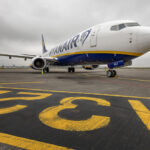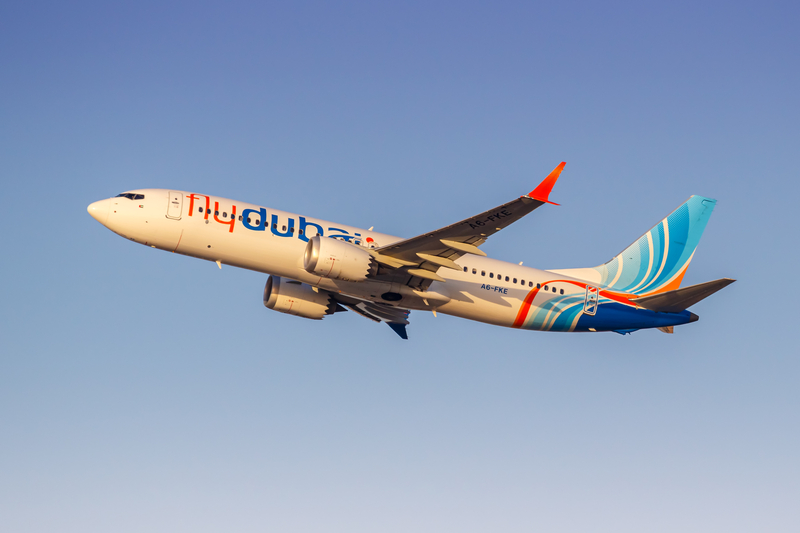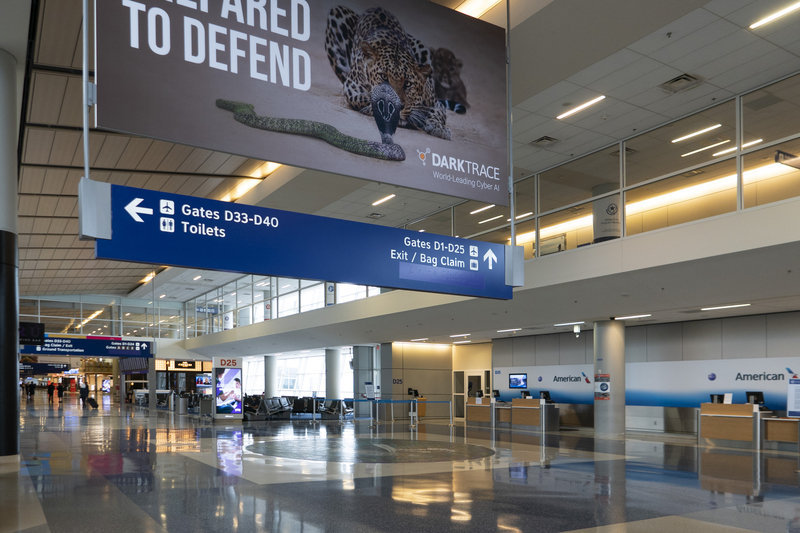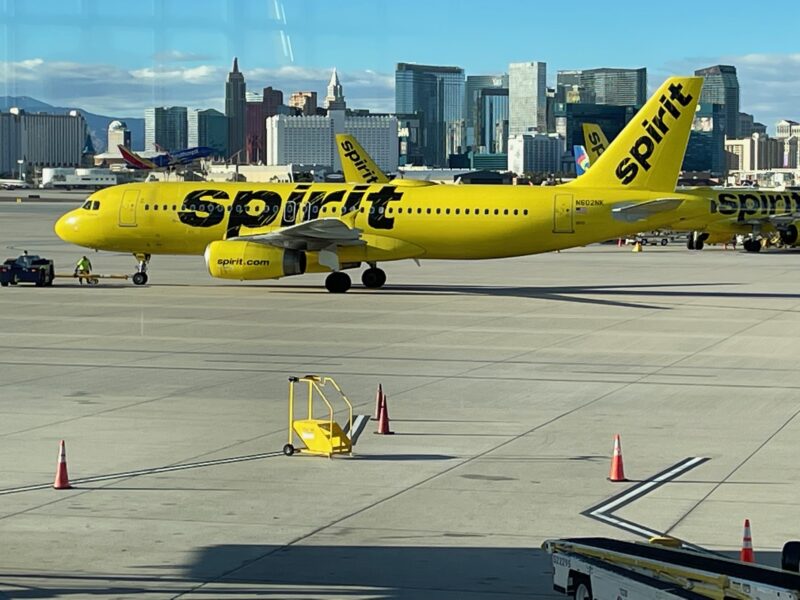“One Shot To Land”: Inside Ryanair’s Near-Fuel-Starvation Diversion During Storm Amy
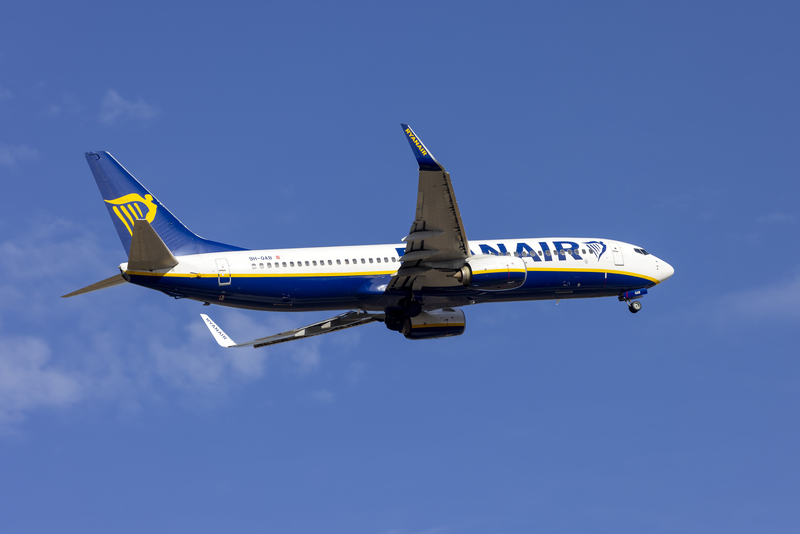
ID 341890260 | Air © Gordzam | Dreamstime.com
Ryanair flight FR3418 (operated by Malta Air 737-800, 9H-QBD) was scheduled to fly Pisa–Prestwick on October 3, 2025. Storm Amy’s 90–100 mph gusts battered the UK just as the aircraft arrived, triggering a chain of go-arounds and diversions that stretched a ~2h20m trip into 4h23m in the air. After an approach to Prestwick failed, the crew headed for Edinburgh, then diverted again to Manchester, where they finally landed with roughly 220 kg of fuel remaining—about just over 1% of the 737-800’s ~21,000 kg usable capacity.
Ryanair says it has reported the event to authorities; the UK Air Accidents Investigation Branch (AAIB) has opened a review.
Why that fuel state is so serious
Commercial flights don’t launch with “just enough” fuel. European rules require multiple layers:
-
Trip fuel (to destination)
-
Contingency fuel (typically 5% of trip, or a statistical equivalent)
-
Alternate fuel (to the nominated diversion airport)
-
Final reserve fuel (enough to hold ~30 minutes at safe holding speed at 1,500 ft)
-
Extras the captain may add for weather, ATC delays, winds, etc.
Two key radio calls exist when the plan is unraveling:
-
“MINIMUM FUEL” — the crew expects to land with final reserve; any further delay will cause an emergency.
-
“MAYDAY FUEL” — the crew now expects to land with less than final reserve; this is an emergency.
Reports indicate FR3418 touched down with ~220 kg total (100 kg left tank, 120 kg right). That’s well below what a 737-800 would retain as final reserve, and only minutes of endurance depending on configuration and power. With another go-around or further vectoring, fuel exhaustion was a real possibility.
How the chain likely built pressure
Severe weather days compress margins across many tiny decisions:
-
Initial plan: Prestwick arrival with alternates and reserves planned using forecast winds and ATC demand.
-
Storm disruption: Wind shear, crosswinds, and runway occupancy spikes lead to go-arounds and holding. Each adds time, distance, and fuel burn.
-
First diversion (Prestwick → Edinburgh): Sensible step when the destination is untenable—but strong winds batter alternates, too.
-
Second diversion (Edinburgh → Manchester): Often driven by closure periods, tailwind limits, crosswind exceedances, or unworkable holding delays. Each re-route burns contingency and alternate fuel fast.
-
Terminal crunch: As total fuel nears final reserve, the crew must escalate from “Minimum Fuel” to “Mayday Fuel,” gaining priority handling—straight-in vectors, speed control help, and no further delay.
What investigators will examine
-
Weather products vs. reality: Were forecasts (TAFs, SIGMETs) so conservative or so optimistic that the flight’s fuel policy became inadequate once airborne?
-
Dispatch choices: Was extra fuel (“captain’s fuel”) loaded for a named storm day? Were alternates appropriate for the wind profiles Amy produced?
-
ATC flow & sequencing: Did holdings, spacing, or runway changes become excessive for an aircraft already tight on fuel?
-
Crew decision-making: Timing of each diversion, the moment “Minimum/MAYDAY Fuel” was declared, and whether an earlier declaration could have reduced vectors and saved fuel.
-
Company fuel policy: Does the operator’s statistical contingency model and alternate policy scale up prudently for severe synoptic storms?
Why “just add more fuel” isn’t always the answer
Fuel is safety margin—but also weight. Extra fuel increases takeoff weight, runway needs, fuel burn, and can push crews into performance limits or payload cuts. Dispatch balances risk: carry too little, you risk a tight endgame; carry too much, you may leave cargo or passengers behind or violate performance constraints. On extreme-weather days, many airlines pre-brief discretionary extras—but those are still judgment calls.
Lessons likely to emerge
-
More conservative alternates: On storm days, nominate alternates with orthogonal wind regimes or multiple runways, even if they’re farther away, and pre-plan a second alternate.
-
Earlier emergency declaration: Declaring MAYDAY FUEL sooner often reduces vectoring; ATC can shortcut arrivals and protect the approach.
-
Storm-day tanking policy: Adjust statistical contingency upward (e.g., fixed minutes rather than percentage) where widespread convective or wind events add systemic delay.
-
Network-level flow control: ANSPs and airlines may curtail schedules or meter arrivals more aggressively in named storms to keep airborne delays from spiraling.
For passengers: what you should know
-
Fuel emergencies are rare and crews are trained relentlessly for them. The system is built to stack defenses: multiple alternates, robust procedures, and ATC priority once fuel is declared critical.
-
Diversions and long days are frustrating, but they’re the safe choice when weather exceeds limits. If your flight diverts, the airline will reaccommodate you once the aircraft is parked safely.
Bottom Line
FR3418’s saga is a textbook case of how a fast-moving North Atlantic storm can eat through fuel margins with go-arounds, holding, and cascading diversions. The crew got the jet on the ground safely, but landing with ~220 kg left means there was virtually no second chance. The AAIB’s findings will likely focus on earlier declarations, alternate strategy, and storm-day fuel planning—so the next time weather snarls the UK, crews won’t be forced into a one-shot landing.
